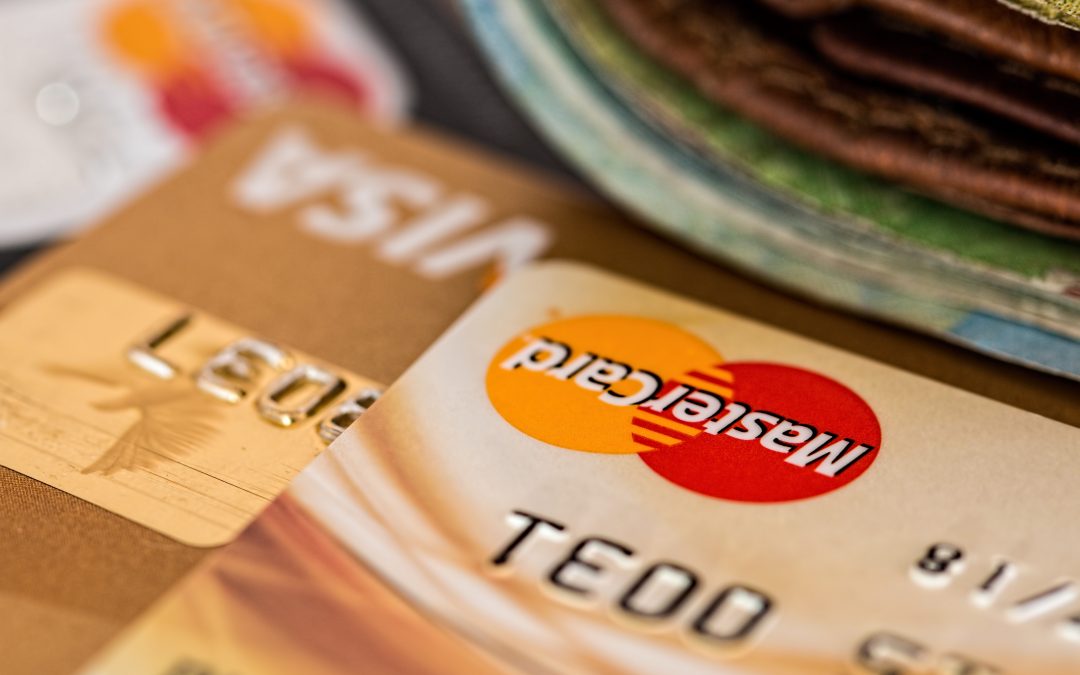Part of the role of the Executor is to call in the assets of the Estate and maintain Estate bank accounts. Depending on the terms of the Will and any Trust(s) its terms creates, this may be a short-term responsibility, or the need to maintain an estate bank account(s) may continue for a number of years.
Managing the finances of an Estate may seem intimidating, but it need not be. This guide will cover the initial, basic steps to establishing an Estate bank account. While we have attempted to summarise the requirements of various banks, each bank has their own process and Executors should contact the respective bank to confirm their requirements in an attempt to simplify the process using this article as a guide.
Step 1: Contact the bank to inform them of the deceased’s passing
The major banks have deceased estates teams, sometimes known as ‘Estate Settlement’ or ‘Bereavement Support’ teams, who can be reached by phone or email. Executors may also be able to notify the bank of the death in a branch. Some banks also have a simple ‘webform’ that Executors can complete online. To find the contact number or email address, simply search the bank name plus ‘deceased estates’ (e.g. ‘NAB deceased estates’) on Google.
If you need to notify multiple banks, you may benefit from using the Australian Government’s Death Notification Service, which allows you to notify several institutions at once. This service also incorporates other providers you must notify, such as phone and electricity providers. See https://deathnotification.gov.au/ for more information.
Step 2: Complete necessary documentation
After initial contact, banks will require the Executor to complete a form that confirms the deceased’s details, including the details of their accounts, and confirms where the funds are to be transferred once the deceased’s accounts are closed. At this stage, the Executor will also need to establish their authority to so act. This entails providing confirmation of the death (such as a death certificate or funeral invoice) and confirmation that the Executor is the deceased’s legal personal representative, such as a certified copy of the Will and/or the Grant of Probate or Letters of Administration if the Deceased did not leave a Will. If the Executor is not personally a customer of the bank, the bank may also require proof of identity, such as a passport or driver’s licence. Each bank has slightly different requirements for documentation, so it is imperative that the Executor checks all bank correspondence carefully.
Some banks will release funds from the Estate before the accounts are closed so that the Executor can cover funeral expenses as this expense, together with taxes, are the first charge on a deceased estate. The Executor will need to show a tax invoice or receipt in order to claim such expenses.
Step 3: Open an account for the Estate
In all but the smallest Estates, the Executor should open a separate bank account for the Estate to be able to record the realization of the Estate’s assets and the payment of its liabilities. This account can be used to hold any monies that come into the Estate (e.g. from the closure of accounts or the sale of Estate properties) and to pay Estate expenses, including legal costs, real estate agent fees and the like. If the Estate is to be immediately distributed, the remaining funds in this account after all liabilities are paid can be divided amongst the beneficiaries. If the Will establishes a trust, the Estate account can act as a holding account until the trust structure is established.
To open an ‘Estate of the late’ account, the Executor will need to present, at the minimum, the Grant of Probate or Letters of Administration. Other documents, such as a copy of the Will (which will be attached to the Grant) or the Executor’s identification, may also be required depending on the bank. Ideally, this account would be opened before the deceased’s accounts are closed, so the balance of their accounts can be transferred directly into the Estate account. The Executor should check with the bank in question as to whether this is possible.
Step 4: Keep records of transactions
Executors have a duty under the law to maintain the Estate’s accounts and produce them if required by the Court. It is therefore crucial that the Executor keeps record of all transactions made from the Estate bank account. We recommend keeping receipts for all expenses, including professional fees, funeral expenses and any maintenance costs of Estate properties. It may be convenient to maintain an Excel spreadsheet of expenses and to check those figures against the Estate’s bank statements to ensure all is in order.
In some circumstances, the Executor may need to lodge a tax return for the Estate as well as a final tax return for the Deceased. These returns are separate to any tax returns that may be required for a trust established under the Will in each tax year during which the Trust receives income. Executors can check whether a tax return is required on the ATO website. We recommend that Executors engage an accountant familiar with deceased estates to assist with Estate tax returns if required, as they can become complex.
Are you feeling overwhelmed with tasks after the death of a loved one? Do you need assistance to obtain a Grant of Probate or Letters of Administration? Our friendly lawyers can guide you through the process. Contact us today to arrange a consultation.
Claire L Stollery
LL.B(Hons), B.A, GDLP
Australian Legal Practitioner

